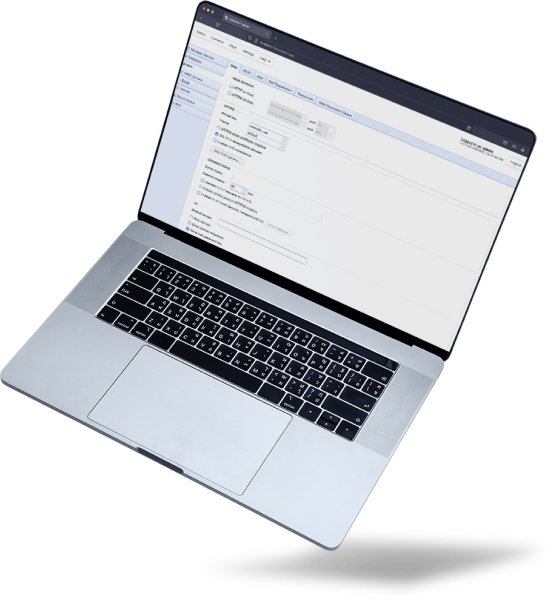
That's a separate configuration altogether and is beyond the scope of this blog post.

If you want to run this batch file (and consequently, the FTP script) on a pre-defined schedule, you'll have to add the batch file in your Windows Task Scheduler. samplefile.txt is the argument we passed to the batch file, which in turn passed it on to the FTP script. Here's how it looked like when I executed the batch file to "download" the file named samplefile.txt. Notice that this batch file accepts an argument (%1) and passes the value to the script. Here's the contents of a slightly more complicated Windows batch file (which we name filedownload.bat) that creates an FTP script on the fly and then executes offĮcho open 192.168.100.101> ftpgetscript.txt fileupload.bat) is located in a directory whose path is included in your PATH environment variable, then you'll be able to run that batch file as a command prompt executable file from any directory. In Windows, scripts usually work with batch files. You may call that command we showed earlier from a batch file like this: Practically the same file transfers are carried out periodically. Why assign someone (who can probably do more productive tasks) to do that repetitive task when you can just call a script? Most B2B file transfers are quite repetitive. So how different is this from interactive mode? Well, the BIG difference is that, you no longer have to input the same values and FTP upload commands over and over every time you need to upload the same file to the same FTP server (there are certainly sophisticated scripts that can do more than that).

Here's how it looked like when I ran that command on my Windows command prompt: To run the script, you just execute the FTP command with the -s option. For example,

You can use your favorite text editor to create the script and save it in a text file, e.g. Notice how we've simply entered the same commands you'd normally use in interactive mode. Uploads the file "samplefile.txt" to the server and.Changes to the local directory "c:\ftpuploads".Enters "user1" as the username and "demo" as that username's corresponding password.Let's take a look at a simple script that: Learn why in the article Countering Packet Sniffers Using Encrypted FTP Simple FTP script for the Windows command lineĪn FTP script consists of the same commands that you normally issue in an interactive session, except that the commands are entered into a file. Note: FTP is no longer recommended for transferring sensitive files. You'll be much more efficient if you can automate some parts of the process, and the way to that would be to write FTP scripts.

as part of a B2B transaction or data exchange, then interactive mode is no longer practical. But if you need to transfer files on a regular basis, e.g. Interactive mode is sufficient for ad hoc purposes. login to a server, display a directory listing, upload files, download files, change a directory, and so on. Meaning, they all required you to enter commands into the command line each time you wanted to do something during an FTP session, e.g. The examples we included in that tutorial were all done in interactive mode. In a previous article, we taught you how to execute FTP commands in the terminal. In this introductory post, we explain what FTP scripts are, why you'll want to use them, and how to create simple Windows-based scripts to upload or download files from a FTP server. Scripts can come in handy when you want to automate file transfer processes. Windows FTP scripts enable you to put together a chain of commands in a file that you can call into play when needed.


 0 kommentar(er)
0 kommentar(er)
